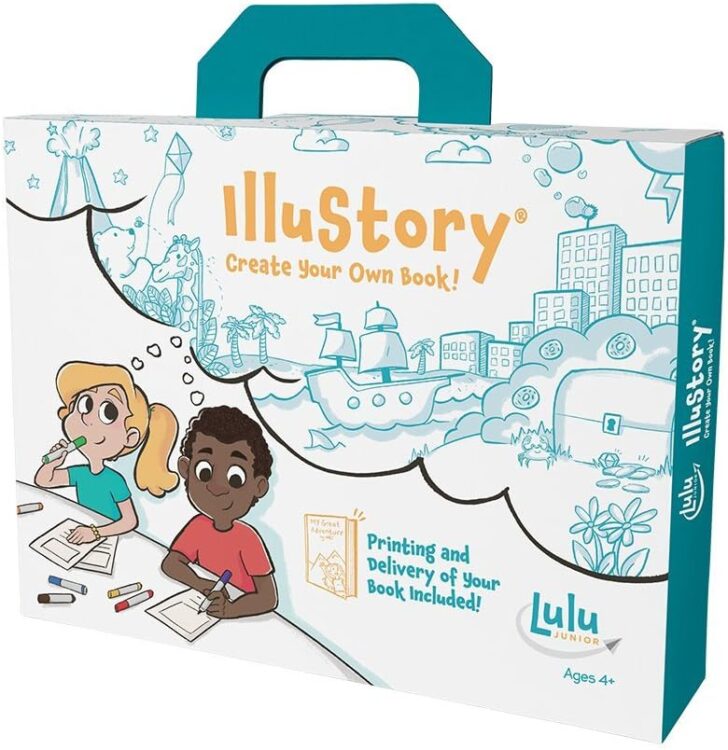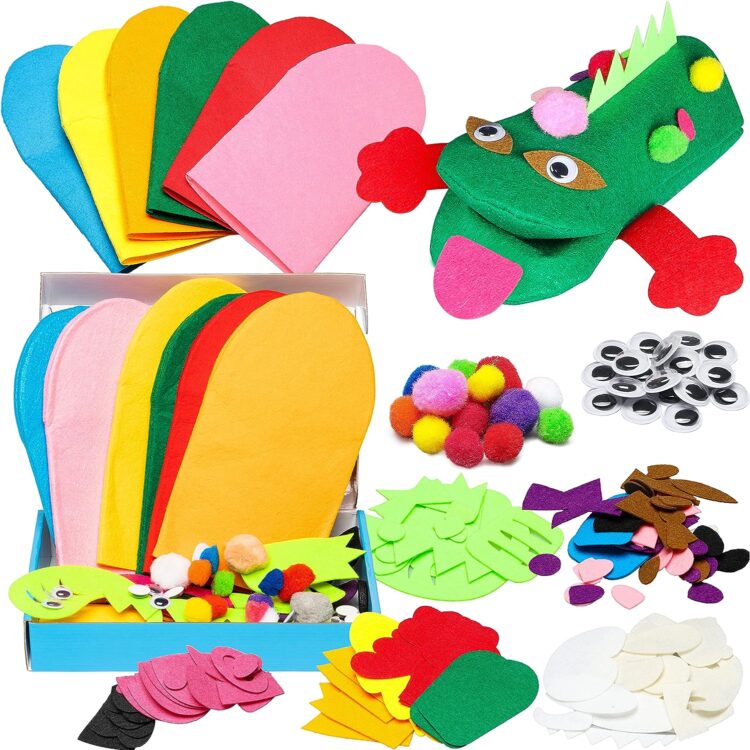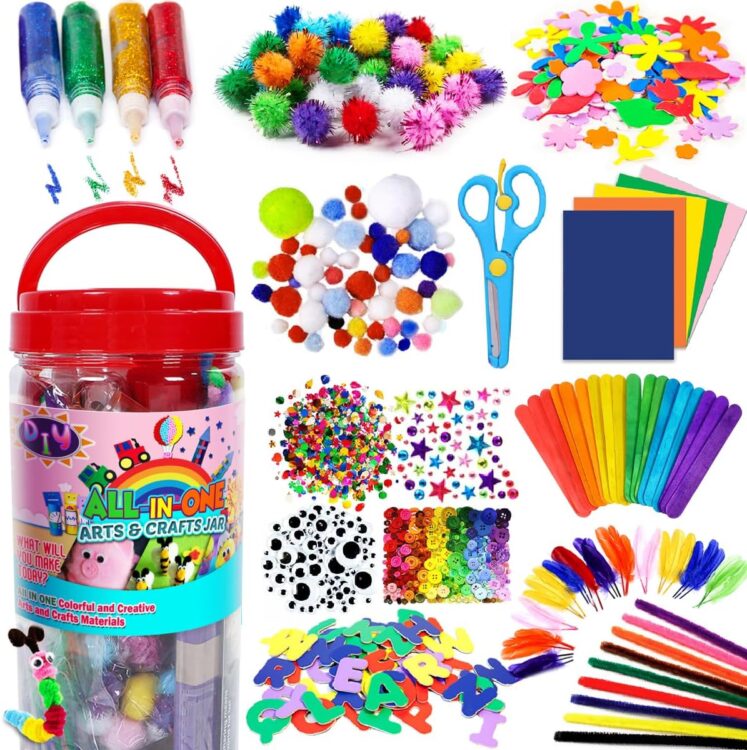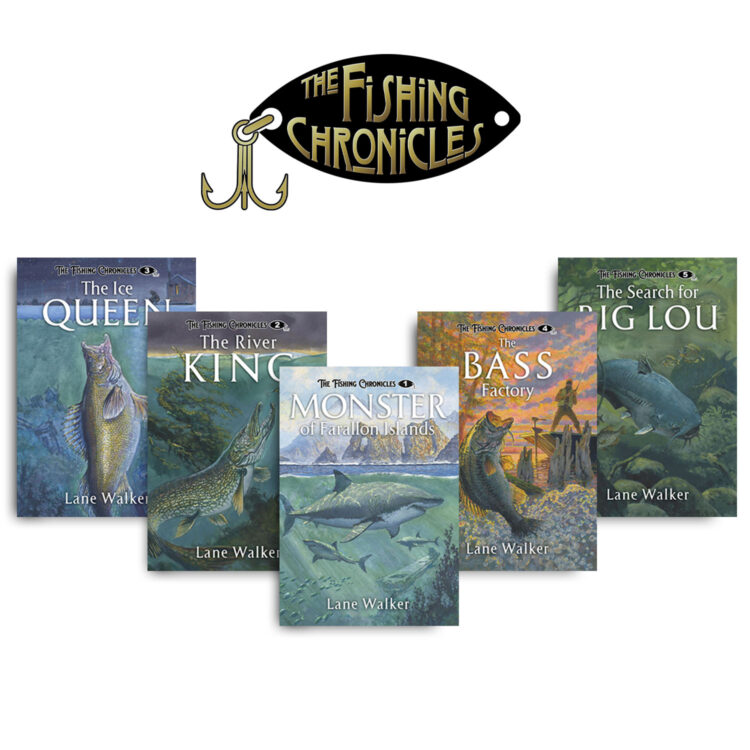We all need a little fun in our lives. In a previous post I listed ten ways to make homeschooling fun, particularly when experiencing the dreaded (and common) mid-winter slump (you can read it by clicking here).
Whether you are acing this school year or having a tough time of it, adding a bit of pizzazz into your day will boost your spirits.
Without further ado, here are some more fun and creative ideas to boost your kids’ interest and excitement while schooling at home.
I may earn compensation from purchases made using the affiliate links on this page.
1. Mix Things Up
Sometimes all it takes is relocating or different scenery to put a whole new spin on the day. School in a different room inside your home, or go outdoors in your yard, to the park, or even the lake/beach.
If you cannot relocate your studies, try changing the time or the order in which you get things done.
2. Enjoy Art
Kids love to create, even if mom doesn’t!
Have a variety of art supplies- crayons, markers, pastels, paints, modeling clay, origami paper, cotton balls, wooden sticks, foam sheets, stickers, googly eyes, and pipe cleaners (aka chenille stems) available for impromptu fun. And don’t forget to age-appropriate scissors and glue!
You may also wish to:
- Add color and texture to your language arts class by using finger paint or colored markers to write out spelling words.
- Learn about different art techniques and mediums and try them yourself.
- Visit an art studio and speak to the owner or an exhibitor.
- Go to an art museum, choose a favorite work, then learn about the artist, it’s meaning, technique, and attempt to recreate it at home.
ART SUPPLIES
3. Play Music
Set the mood for the day by playing calm, soothing music or energize with a dance party or karaoke session.
Other ways to add music:
- Listen to worship songs as part of your morning preparation time or afternoon rest period.
- Sing your lessons- make up your own tune, or look up some learning songs on an app or YouTube.
4. Do Puzzles
Not only do puzzles help with spatial reasoning, they are great for fine motor skills.
Puzzles come in all shapes, sizes, and levels of difficulty, even double-sided or 3-D.
Puzzles are great for reinforcing lessons. Geography or space-themed puzzles can be a fun learning tool.
A couple of years ago I gave each of my kids a puzzle of the world and had them race to see who could complete it first. They had fun and I could see how much they retained from our map studies.
5. Get Messy!
I’m saying, plan to get dirty. Dress in old clothes and deliberately make a mess.
Walk in the Rain. Jump in puddles. Squish your toes in the sand or the mud. Roll down a hill, jump in the leaves, wade in a creek, toss water balloons to each other, splatter paint. Make a plaster of Paris map, hand or footprint craft, or heck – if you want to get really crazy, use glitter!
A few years ago my daughter and I decorated our arms and legs using watercolor paints. She still talks about our uniquely creative afternoon.
6. Learn a New Skill
As homeschool parents we have the time and opportunity to introduce practical skills to our kids. Find out their interests, then spend time learning about and developing this skill.
They may wish to learn sewing, vehicle mechanics, how to ride a bike or to swim, canoeing, kayaking, fishing, cake decorating, geocaching, or computer programming.
THE FISHING CHRONICLES by LANE WALKER
7. Learn a New Language
Challenge yourself and your kids by learning a second (or third or fourth…) language.
There are many free apps and online tutorials to help accomplish this goal. YouTube even has free videos for many languages.
A couple of years ago we used a YouTube Channel to pick up a few words of Italian.
My daughter has been using an app to learn Japanese, German, and Dutch – and it’s effective! She is now teaching me a few words in Dutch. (If you decide to learn either Dutch or French, I’ve made a color bingo game for each of these languages, you can access them here).
8. Have a Costume Day
Dress as a book character or historical figure.
Have the kids put on a short skit or recite a verbal history about their person.
9. Attend an Activity at Your Local Library
Our library has daily activities for preschoolers, kids, and teens. From magic shows, book clubs, author visits, book character days, story time, a reading to dogs program, 3-D printing machines, game nights, writing groups, building and craft activities there really is something for everyone.
Check your local library for dates and times.
10. Explore Your Town
Be an investigative reporter!
- Find a local historic building or two and research it.
- Interview people who work(ed) there.
- Draw or take photos of the building.
- Visit the library or local historical society to see old photos of how it used to look.
- Learn about early settlers, mayors, as well as the railroad, shipyards, factories, or industry important to your city/town.
- Discover if there were any disasters which affected your town and it’s citizens.
- Visit significant statues or artwork displayed.
- When you return home, make a scrapbook of what you have learned. Or, if you prefer, create a diorama, paper mache, Lego block, or clay reproduction of one of the places you visited.





